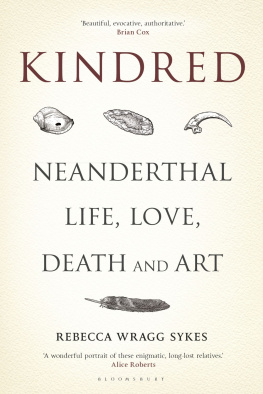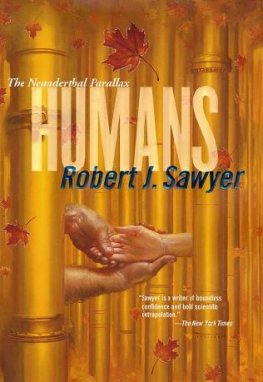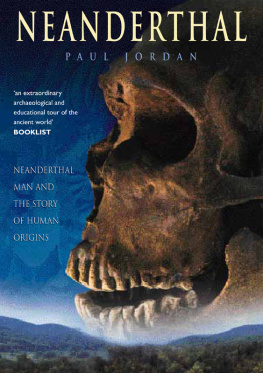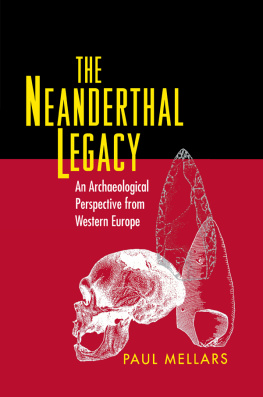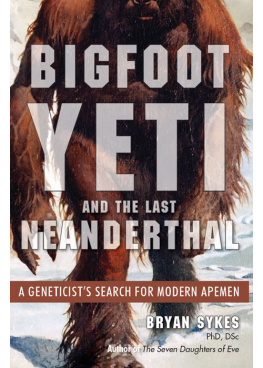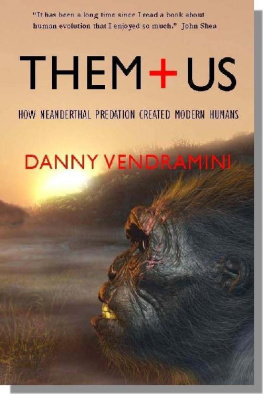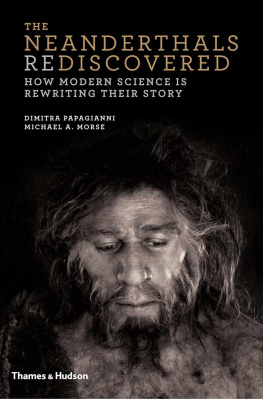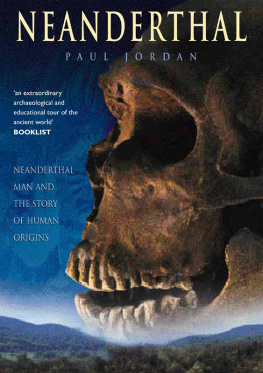
Also available in the Bloomsbury Sigma series:
Sex on Earth by Jules Howard
Spirals in Time by Helen Scales
A Is for Arsenic by Kathryn Harkup
Herding Hemingways Cats by Kat Arney
Death on Earth by Jules Howard
The Tyrannosaur Chronicles by David Hone
Soccermatics by David Sumpter
Big Data by Timandra Harkness
Goldilocks and the Water Bears by Louisa Preston
Science and the City by Laurie Winkless
Bring Back the King by Helen Pilcher
Built on Bones by Brenna Hassett
The Planet Factory by Elizabeth Tasker
Wonders Beyond Numbers by Johnny Ball
I, Mammal by Liam Drew
Reinventing the Wheel by Bronwen and Francis Percival
Making the Monster by Kathryn Harkup
Catching Stardust by Natalie Starkey
Seeds of Science by Mark Lynas
Eye of the Shoal by Helen Scales
Nodding Off by Alice Gregory
The Science of Sin by Jack Lewis
The Edge of Memory by Patrick Nunn
Turned On by Kate Devlin
Borrowed Time by Sue Armstrong
We Need to Talk About Love by Laura Mucha
The Vinyl Frontier by Jonathan Scott
Clearing the Air by Tim Smedley
Superheavy by Kit Chapman
18 Miles by Christopher Dewdney
Genuine Fakes by Lydia Pyne
Grilled by Leah Garcs
The Contact Paradox by Keith Cooper
Life Changing by Helen Pilcher
Friendship by Lydia Denworth
Death by Shakespeare by Kathryn Harkup
Sway by Pragya Agarwal
Bad News by Rob Brotherton
Unfit for Purpose by Adam Hart
Mirror Thinking by Fiona Murden

Contents
Writing Kindred was just as daunting and difficult as Id feared when I started work on it some eight years ago; attempting to write a definitive account on the subject of your great passion is an immense privilege, but also a millstone. Doubts over accuracy were magnified, and even considering such a project felt presumptuous at times. And yet it also felt vital and important to try, because of the Neanderthals themselves. Theyre the first thank you I owe, never failing to be fascinating, confounding, surprising and impressive. Theyve always revitalised me, even when the writing process itself dragged or stalled.
Talking of writing, a special shout-out goes to the reviewer who rejected my first academic article in 2009, stating that my examination of the social contexts and cognitive implications of Neanderthal birch tar technology would fit better in a Jean Auel novel. They made me determined to find a way to keep writing New Agey discussion of the feelings of archaic Palaeolithic humans while remaining committed to the archaeology.
On that note, I want to proudly acknowledge the debt I owe to Jean Auel. The great trouble she took to try and represent tiny details of Palaeolithic life fired up my nascent childhood interest in prehistory, and in many ways her depiction of Neanderthals was prescient. Other novelists who have brought the Palaeolithic to life for me include Elizabeth Marshall and Claire Cameron; to the latter Im grateful for permission to use a quote from her book The Last Neanderthal . In addition, I am grateful to many other writers of varying sorts whose demonstrations of skill have inspired me. A tiny selection include Gavin Maxwell, Richard Fortey, Kerstin Ekman, Primo Levy and Nan Shepherd. Special appreciation goes to the other Bloomsbury Sigma authors who have all been encouraging and supportive, especially Jules Howard, Kate Devlin, Ross Barnett and Brenna Hassett.
There are so many archaeological colleagues without whom I would not have reached this point. Im grateful to Robert Symmons, Richard Jones and Naomi Sykes for getting me into the whole archaeology thing in the first place; to John McNabb for my Masters training and his support since, and to the many institutions who made my PhD on the late Neanderthal archaeology of Britain possible. I thank Beccy Scott, Matt Pope and others for the opportunity to work on the Neanderthal artefacts from La Cotte de St Brelade following my PhD.
Just a few names of scholars and thinkers whose work helped me consider Neanderthals more deeply include Clive Gamble, Tim Ingold, John Speth, Louis Liebenberg, Zoe Todd, Vanessa Watts, Kim Tallbear, Donna Haraway and the Yolu Aboriginal community including Bawaka Country.
Many of my closest postgraduate peers helped me develop my thinking about prehistory and archaeology, and were supportive of my writing too: my thanks go to Ana Jorge, Christina Tsoraki, Erick Robinson, Nick Taylor, Geoff Smith, Karen Ruebens and Becky Farbstein.
I started to write Kindred just after my postdoctoral fellowship at the PACEA laboratory, Universit de Bordeaux. Many colleagues there were welcoming, encouraging and inspiring, but most of all I am deeply grateful to Brad Gravina for the intellectual wrangling over Neanderthals, the regular fires being lit under me and his warm friendship that has continued long after we occupied adjacent offices.
I am also massively thankful towards my wider professional network, particularly when I decided to emerge from an academic chrysalis into a more free-flying writing and creative career. All of the following Ive learned from and enjoyed enlightening archaeological discussions and debates about Neanderthals with, often via social media: John Hawks, Alice Gorman, Julien Riel-Salvatore, Chris Stringer, Will Rendu, Colin Wren, Annemieke Milks, Marie Soressi, Jacquelyn Gill, Tom Higham, Kate Britton, Catherine Frieman, Jacq Matthews, Paige Madison, Jenni French, Andrew Sorensen, Hanneke Meijer, James Cole, Radu Iovita, Clive Finlayson, Ben Marwick, Manuel Will, James Dilley, Shanti Pappu, Michelle Langley, Antonio Rodrguez-Hidalgo, Patrick Randolph-Quinney, Caroline VanSickle Joseba Rios-Garaizar and many, many others who I am forgetting.
While writing the book, I often had very little income and so Im enormously thankful to the Society of Authors for an Authors Foundation Grant in 2016, and Contingency Fund grants in 2018 and 2020 that made a huge difference. Equally, I am very grateful to editors from The Guardian , Aeon and other places for publishing my writing.
Enormous gratitude goes to Jim Martin at Bloomsbury Sigma for offering me the chance to write such a mammoth book, and keeping faith even when my critical thinking didnt extend to realistic estimates of how long it would take. My editor Anna MacDiarmid at Sigma also has my grateful thanks for consistently being understanding, and for her ability to deliver a chivvying coated in calm optimism. Working with Myriam Birch made the copyediting a genuine pleasure despite time pressure. At Bloomsbury, first Kealey Rigden and then Amy Graves and Alice Graham handled the publicity and marketing magnificently. Working with Alison Atkin as the artist for the chapter-opening images was wonderful; she was always open to trying even my most odd ideas and captured the emotions of particular scenes exactly as I hoped. Grateful thanks to author Jen Marlow for kitchen-table writing companionship. Feedback from the kind people who read sections or chapters of the manuscript was invaluable: thank you to Brad Gravina, Angela Saini, John Hawks, Geoff Smith, Brenna Hassett, Tori Herridge and Suzanne Pilaar Birch.
The latter three women all also deserve infinite gratitude for Being There as my personal, nearly 24-hour anarchist feminist cheerleading collective. Since 2013, however monumental or minor the crisis, theyve offered unconditional support, wisdom and help. And for every tiny step forward or triumph, their big-ups gave me the confidence I needed to keep going; not just with Kindred , but in choosing to take a path out of academic research.

